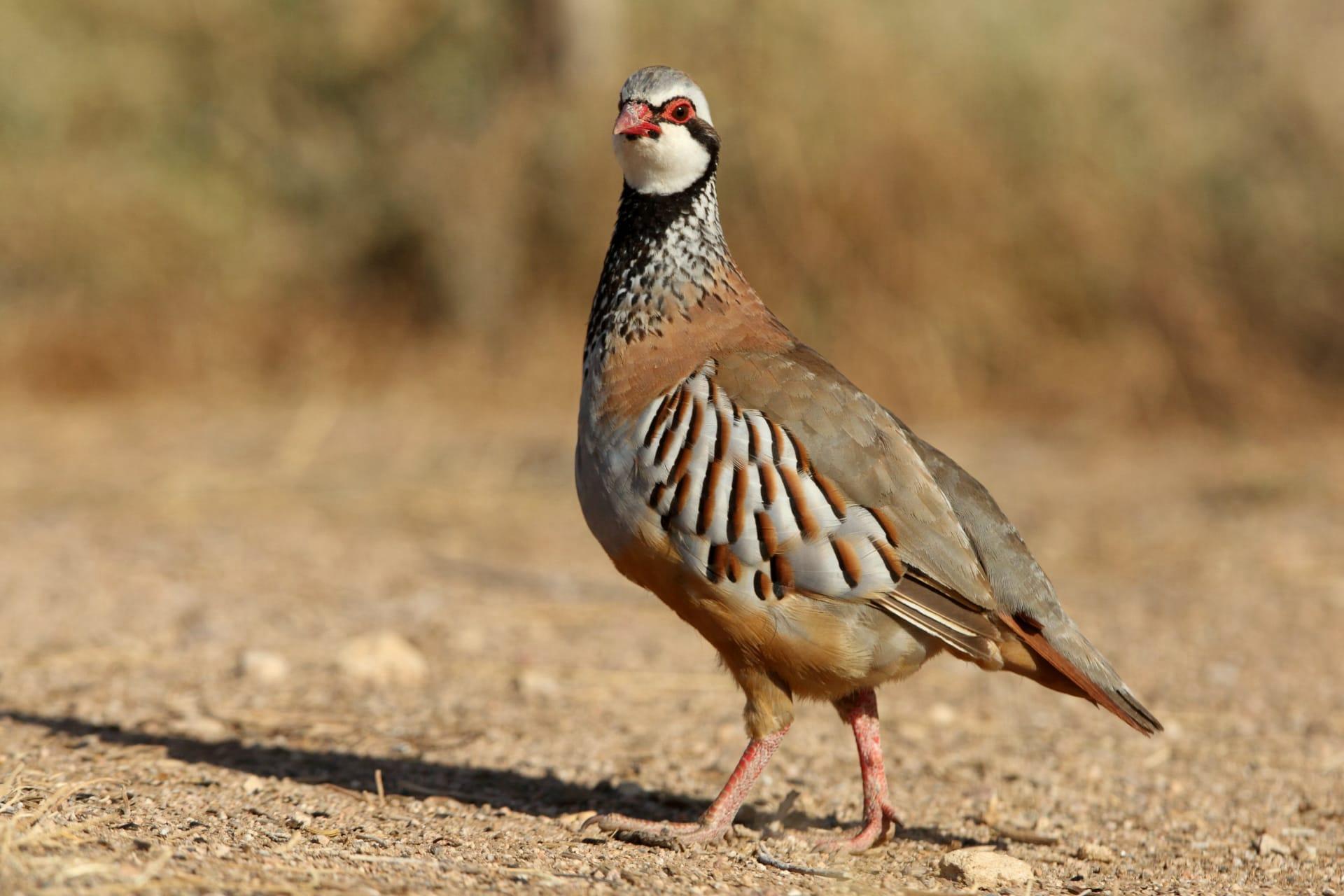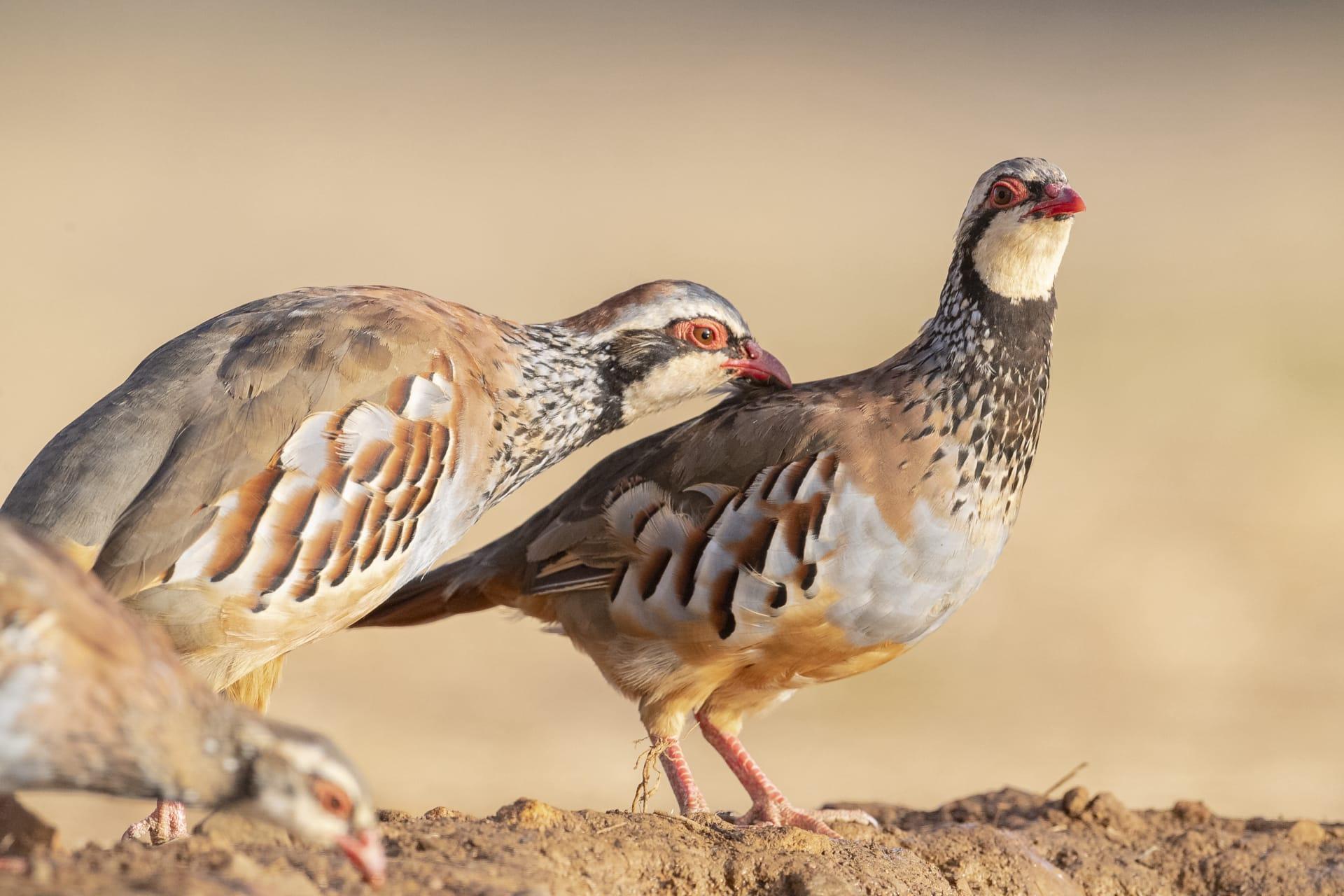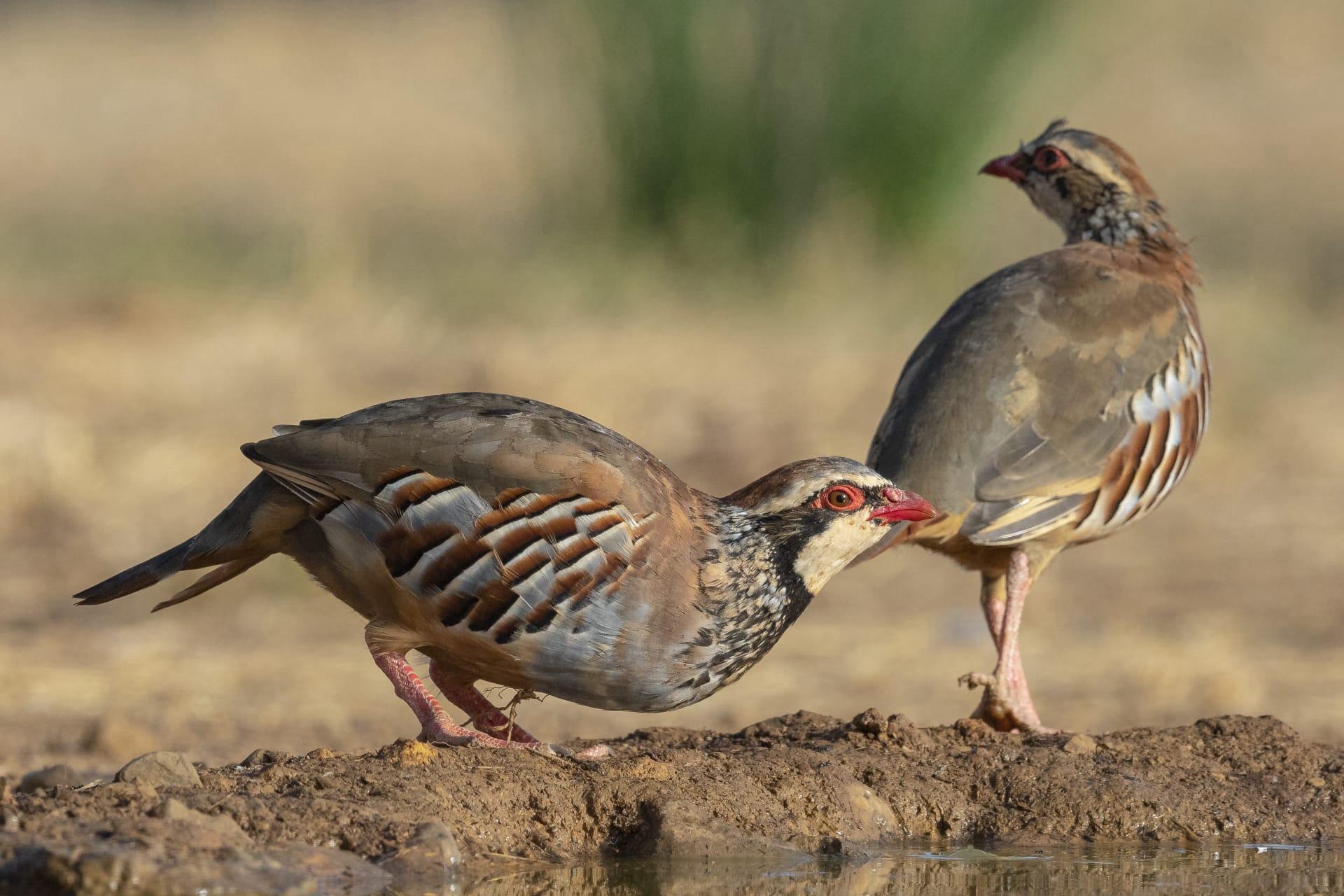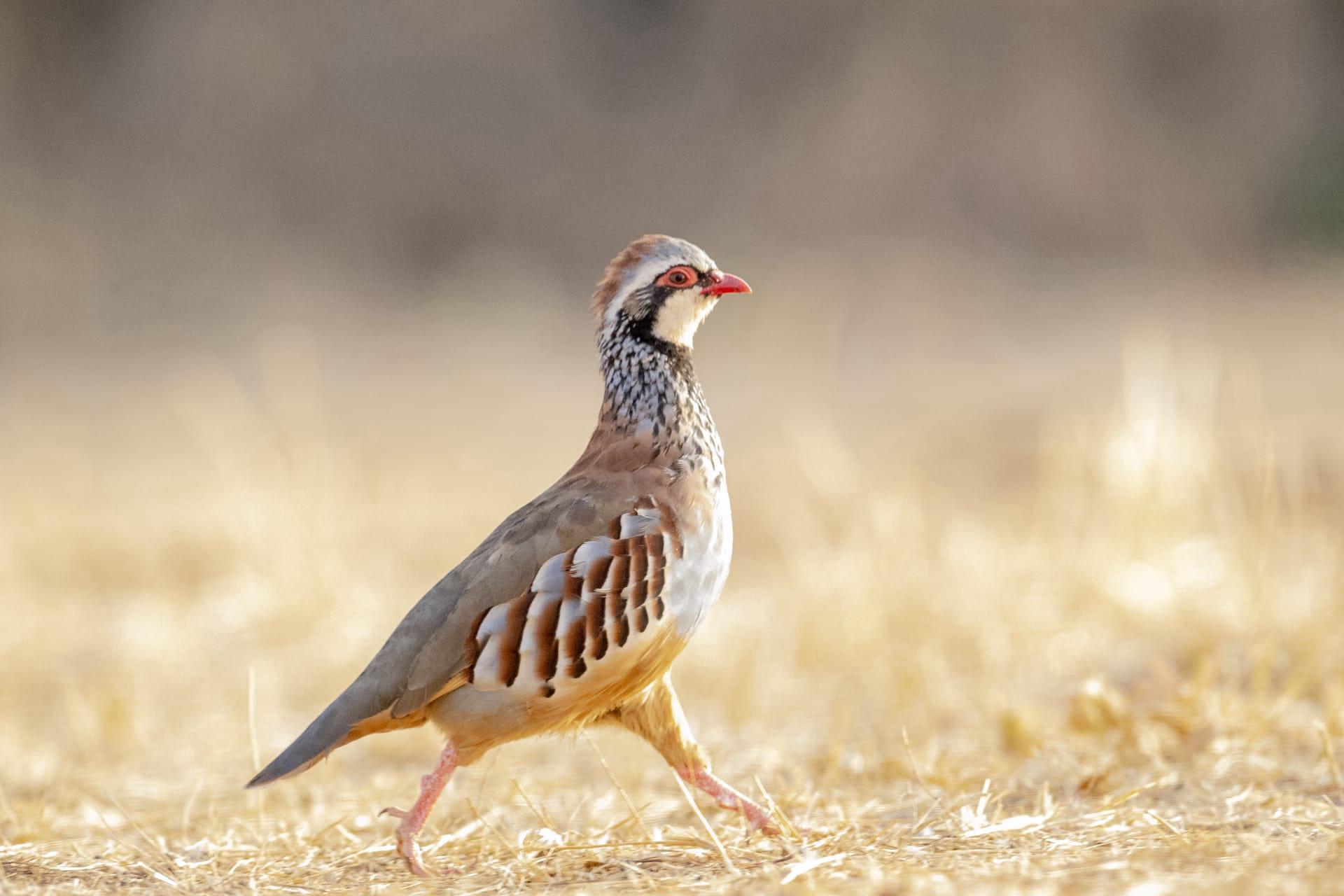1
Partridges, often found in Europe, Asia, and parts of Africa, have a remarkable adaptation for survival – their coloration. The plumage of these birds blends seamlessly with their surroundings, an excellent example of camouflage. This feature is crucial for their survival, especially during nesting. The females, in particular, are colored to match the dry grasses and underbrush, making them nearly invisible to predators while they incubate their eggs. This camouflage is so effective that it can deceive even the keenest-eyed predators.
Another interesting fact about partridges is their ground-nesting behavior. Unlike many birds that nest in trees, partridges lay their eggs on the ground, often in simple nests that are little more than depressions in the earth. These nests are usually located in tall grass or other vegetation, providing some concealment. What's fascinating is their choice of nesting sites – they prefer areas with minimal human disturbance, yet paradoxically, these locations can be close to farming fields, where agricultural practices provide them with ample food and cover.

2
Partridges have a unique social structure. They are known for forming "coveys," which are small groups of birds that can range from 10 to 15 individuals. These groups provide safety in numbers, as multiple birds can watch for predators. During the winter, these coveys become essential for survival, as the birds huddle together for warmth during cold nights. Remarkably, these coveys disband during the breeding season, showcasing a fascinating balance between social and solitary behavior in their life cycle.
Another notable aspect is their diet, which is highly varied and changes with the seasons. In spring and summer, they feed primarily on insects and green vegetation, which are plentiful. This diet shift is crucial for their chicks, who need protein-rich food for rapid growth. In contrast, during autumn and winter, their diet shifts to seeds and grains, which provide the necessary calories and energy to survive the colder months. This dietary flexibility showcases the partridge's adaptability to different environmental conditions.

3
Partridges have a distinct method of evading predators. Instead of taking flight immediately, they prefer to run from danger, using their strong legs and camouflage to escape. This behavior is energy-efficient and often more effective than flying. However, when flight is necessary, partridges can burst into a rapid, low flight, which often takes predators by surprise. This survival tactic is a fascinating blend of energy conservation and sudden explosiveness.
Communication among partridges is another intriguing aspect. They use a variety of calls to communicate with each other. One of the most recognizable is a loud, sharp "chukar" call, used as an alarm to alert other birds of potential danger. Additionally, during the breeding season, males produce a distinctive courtship call to attract females. These vocalizations play a crucial role in their social interactions and survival, reflecting the importance of sound in their natural habitat.

4
Partridges are monogamous, often forming pairs that last a breeding season or sometimes longer. This pairing behavior is vital for raising their young. Both parents participate in rearing the chicks, with the male often taking on the role of protector, guarding the nest and looking out for predators. This cooperative parenting strategy increases the survival rate of their offspring, illustrating the importance of teamwork in the animal kingdom.
Interestingly, partridges have a dust-bathing behavior. They create small depressions in dry, sandy or dusty areas and then wriggle their bodies into these depressions, flapping their wings and kicking up dust. This behavior is not just for cleanliness; it also helps them to get rid of parasites. Observing a partridge engaging in a dust bath is a unique spectacle, showcasing an often-overlooked aspect of bird behavior.

5
The lifespan of partridges varies depending on the species and environmental conditions. On average, they live about 3 to 5 years in the wild. However, in captivity, with proper care, they can live longer. This relatively short lifespan in the wild is due to various factors, including predation, habitat loss, and disease. Understanding their lifespan helps in conservation efforts, as it highlights the importance of protecting their habitats and controlling threats.
Finally, partridges play a significant role in cultural references and folklore, particularly in Europe. The most famous example is the "partridge in a pear tree" from the classic Christmas song "The Twelve Days of Christmas." This reference symbolizes fertility and good fortune and shows how wildlife can become deeply embedded in human culture and traditions. Partridges have been part of human stories and songs for centuries, reflecting our enduring fascination with these charming birds.